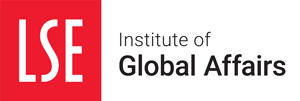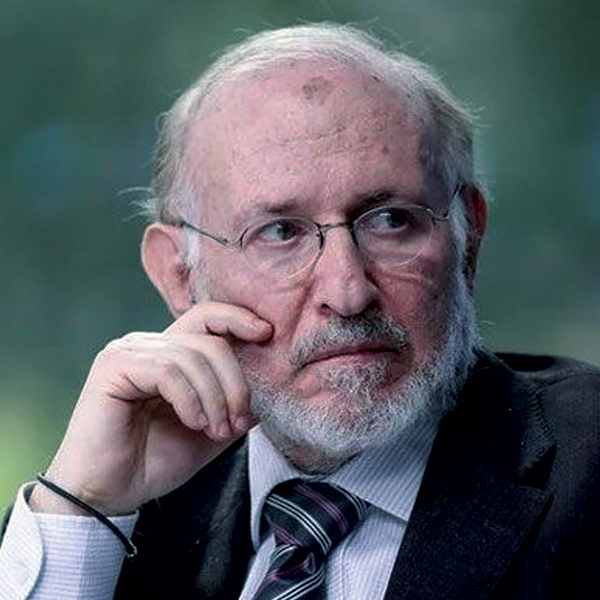GLOBAL POLICY LAB


At the center of the current structure of multilateralism are the two pillars of the post Second World War system: the International Monetary Fund and the World Bank. These two organizations constitute the vertebral column of the global international relationships and one of its prominent features is indeed its global, i.e., universal membership. All independent countries in the world have the right of membership in both organizations. In that sense they follow the nature of the United Nations organization to whom they formally belong. There are however two very important, perhaps crucial, differences between the membership structure in the United Nations and these financial organizations. These differences can be summarized in the concept of “constituency” and “weighted voting rights”. While in the United Nations all countries are directly represented by a delegation of each countries and all countries have their own representatives in the General Assembly, in the International Monetary Fund only a few selected countries are directly present with their own Executive Director while the majority belong to constituencies where clusters of countries are organized in groups with a single representative of the group being the Executive Director for each for the whole. Leadership of the constituency can rotate or be fixed to some extent – without clear criteria. The World Bank is similarly organized.
The second difference has to do with the weighted nature of the vote. While in the United Nations the system is one country one vote, in the financial organizations the vote of each member is supposed to represent its relative importance in the system (based on quotas that are subject to revisions from time to time). This also gives veto power to the largest member, the United States of America which has close to 20% of the vote and many decisions require 85% of the vote.
When the number of countries for membership increased in the aftermath of decolonization, nationalism that split up countries, and later the fall of the Berlin Wall, the pressure for more representation increased too. It was difficult to make decisions in real time and the risks increased that real power was slipping from the existing multilateral system and returning to bilateral or ad-hoc arrangements. To formalize the situation, or in fact to give it more credibility and in some sense more transparency, a ‘non-organization” was created back in 1975/76 that admitted to have the real power without a formal procedure but with formalised dues and duties. It was called the G7 and gathered the powers of the West (the USA, UK, France, Italy, Canada, Germany and Japan). Later on it was expanded to include (although with some limitations) also Russia to become G8, but only temporarily and Russia was “disinvited” (suspended) as part of the sanctions around the Ukraine conflict in 2014.
If you have noticed the real absent here, you are right: the emerging global giant, China, was outside the new global club and never invited even as its economic and political heft was rising rapidly since the early 1990s. From that point of view the lack of representativity of the G7 for some key emerging countries became its weakness.
